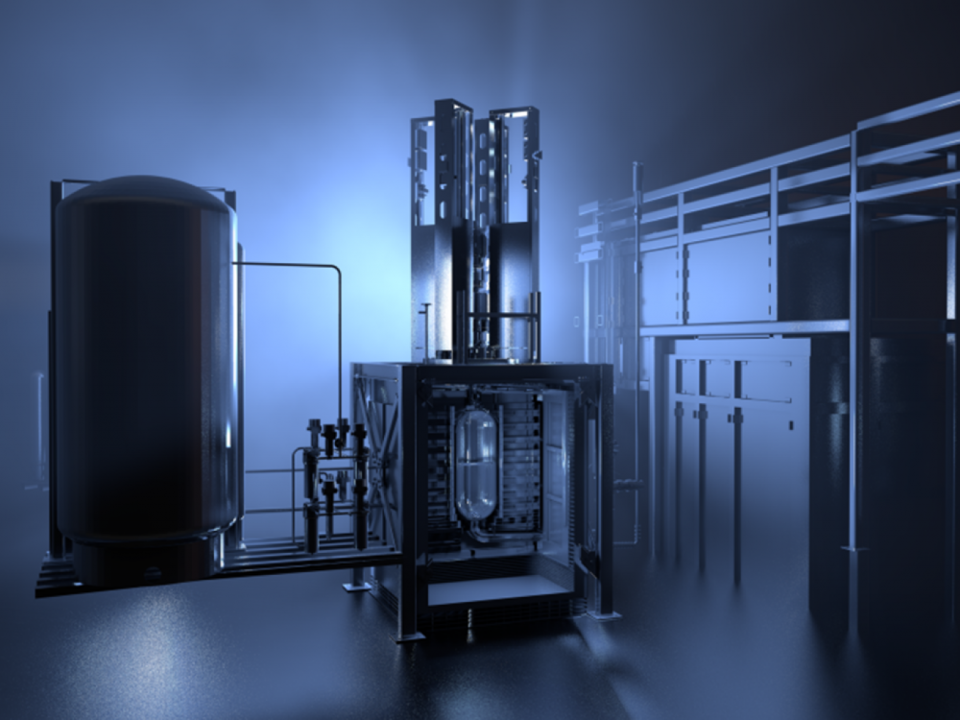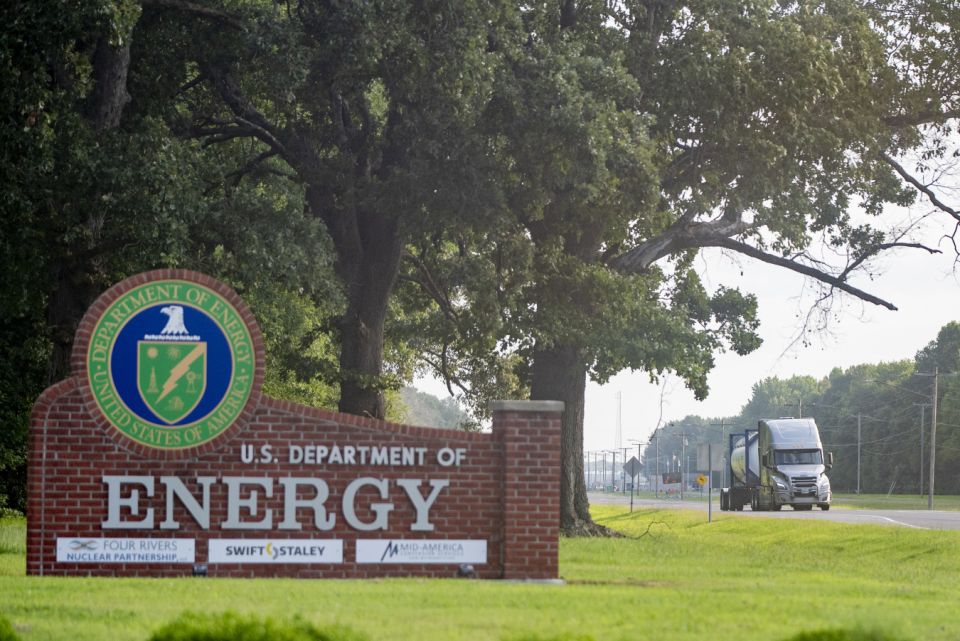Study: Microreactors show potential but face challenges
 A recently released technical report from Idaho National Laboratory finds “significant potential” for deploying microreactors on a global scale, but also “significant challenges in achieving the technical capacities, meeting regulatory requirements and international accords, achieving competitive costs, and for gaining public acceptance.”
A recently released technical report from Idaho National Laboratory finds “significant potential” for deploying microreactors on a global scale, but also “significant challenges in achieving the technical capacities, meeting regulatory requirements and international accords, achieving competitive costs, and for gaining public acceptance.”
In the 147-page report, Global Market Analysis of Microreactors, authors David Shropshire from INL, Geoffrey Black from Boise State University, and Kathleen Araújo from the CAES Energy Policy Institute at Boise State assess the unique capabilities of microreactors and their potential deployment in specific global markets in the 2030-2050 timeframe.









